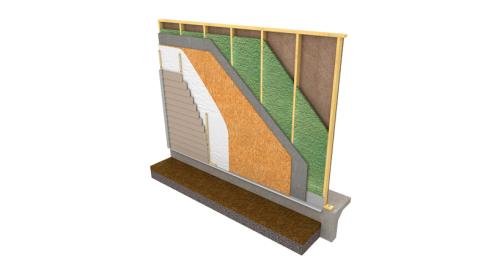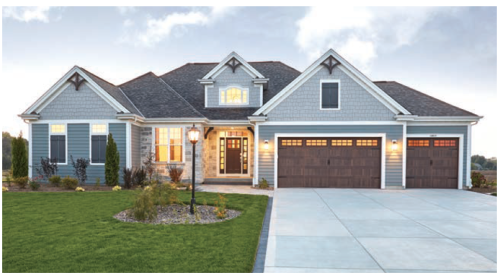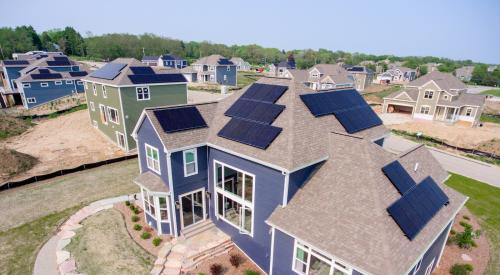The cost of changing codes can quickly pile up and impact several different parts of a project. As requirements are updated, builders are forced to adjust their materials, construction method, engineering, and labor to comply—often resulting in higher costs.
“Let’s say the builder is in a market that is 2x4 and he can’t put any more batt insulation in there, so his options are either use a higher R-value per inch insulation, which comes at a cost, or change his construction method from a 2x4 to a 2x6 and in doing so, create a deeper cavity to put in insulation,” explains Paul Fox, Performance Systems Development Manager at BASF. “He can put in a high-density 6-inch batt, which may get him through this code iteration and maybe the next code cycle. But in doing so, he’s now using lumber that’s more expensive and if he’s on a foundation he has to re-engineer that to accommodate the wider material, and so there’s a cost for that.”
For builders constructing four or five different styles of homes, that may not seem important. For larger regional builders or production builders, it could mean having to re-engineer 30 or 40 different home models in any given market, Fox notes. And that’s no small cost.
This additional work makes a build more expensive, which can drive up the price of a home and possibly make it difficult to sell. “At the end of the day, a builder is going to want to satisfy code and sell the house,” says Fox.
Don’t go back to the drawing board
Changing codes and the associated costs is what BASF engineers considered when designing the HP+ Wall. By combining control layers with advanced framing into its design, the HP+ Wall can help builders satisfy code for at least one, maybe two code cycles, Fox said. “If you need to meet higher R-value, this wall will help you do that and keep 2x4 framing.”
Builds with HP+ Walls can perform at R-30 in a 2x4 configuration. How? The Neopor® and closed-cell spray polyurethane foam insulation that wraps around the entire perimeter requires fewer framing members. This cuts down the amount of lumber by up to 25 percent and lowers the risk of thermal bridging, resulting in higher thermal performance.
These walls also surpass current codes in compressive strength and achieve design capacity up to 30 percent greater than walls built with standard framing and OSB with full sheathing. As Tim O’Brien, President of Tim O’Brien Homes, explains, “The bonding of the spray foam is what gives that lateral racking structure, as well as the additional strength from a vertical loading perspective.” This bond to the Neopor® also reduces the amount of reinforcing required—traditionally done with OSB corners or sheer walls—without sacrificing strength.
HP+ Walls tackle code from an energy usage perspective as well. In addition to heat, the system has control layers to manage air, moisture, and vapor flow. “We’re to the point now where we’re guaranteeing our clients’ and users’ energy usage in the home, saying we’re going to outperform the code by 30 percent,” says Craig North, Director of Construction, Tim O’Brien Homes.
That level of performance means not changing anything in the engineering and construction process, despite changing codes. It also means builders can manage costs and remain code -compliant so they can market more efficient affordable homes.













